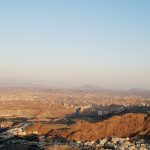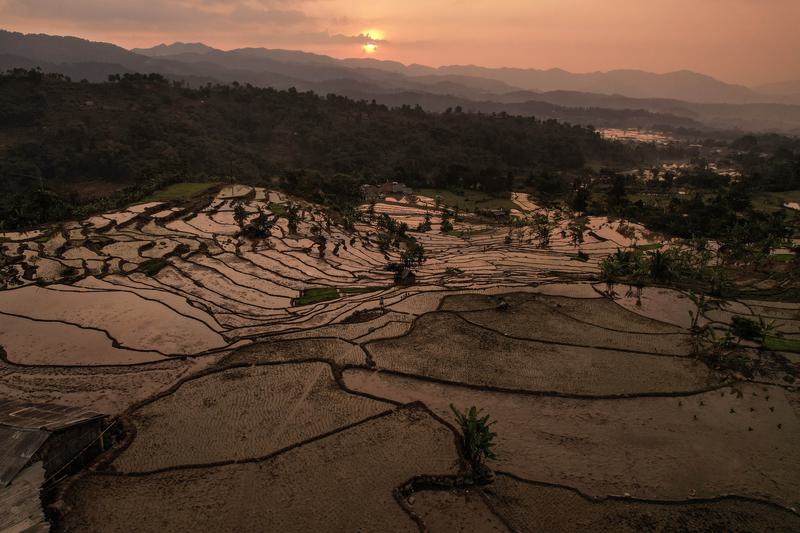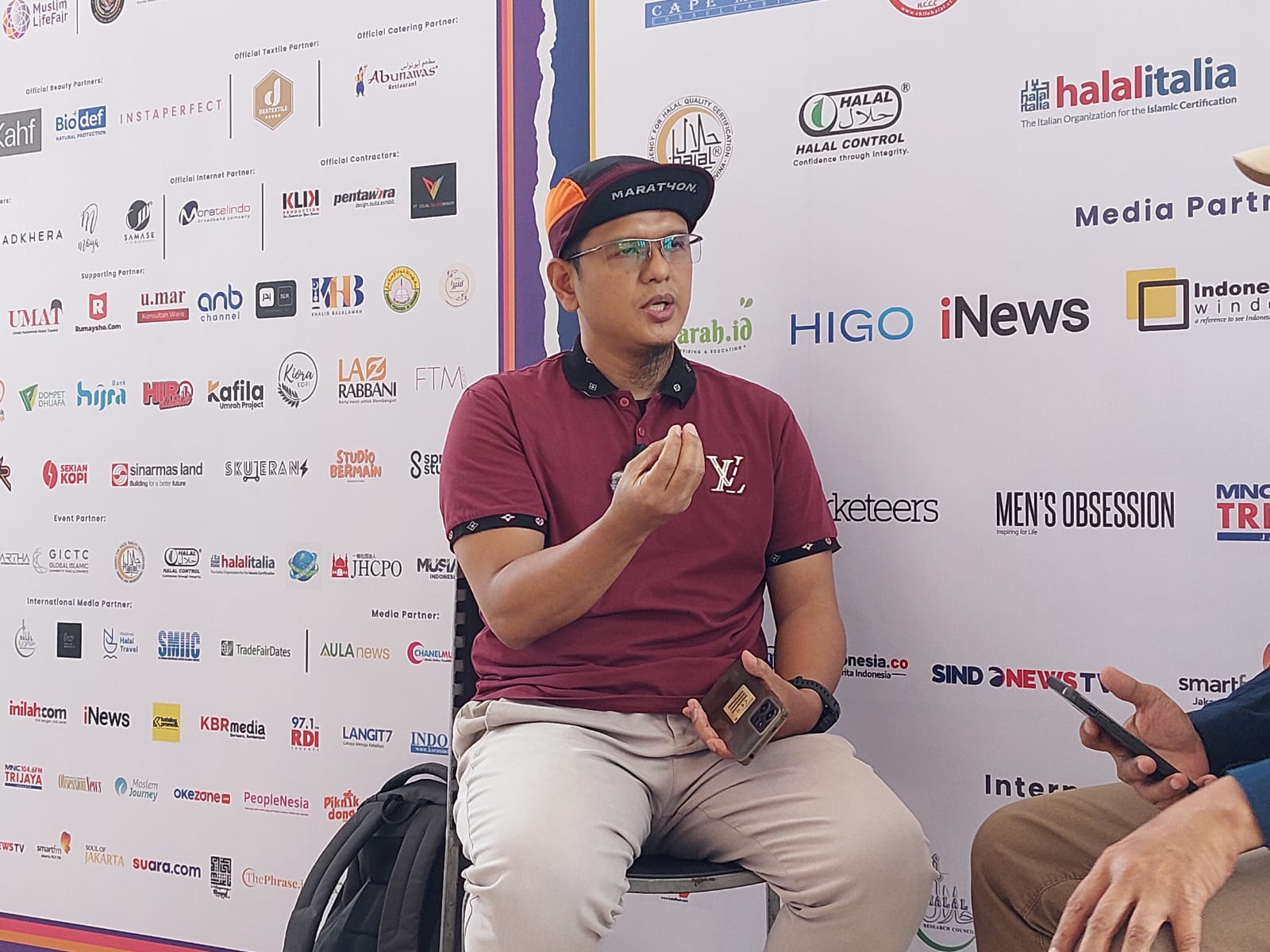Styrofoam waste dominates mouths of Jakarta rivers

Bogor, West Java (Indonesia Window) – As the fourth largest population in the world, Indonesia is recorded as the second largest producer of plastic waste including that of styrofoam in the sea after China.
In addition to the population factor, the long coastline (second only to that of Canada) and the vast sea area also make the Indonesian sea a giant garbage dump.
If the most of the waste ends up at sea, river mouths serve as “transit points”.
Researchers from the Indonesian Institute of Sciences (LIPI)’s Oceanographic Research Center, Muhammad Reza Cordova and Intan Suci Nurhati, have conducted the first monthly waste monitoring study in Indonesia that has identified six types of waste and 19 categories of plastic waste in nine river mouths in the capital city of Jakarta and its satellite towns of Tangerang and Bekasi during June 2015 to 2016.
“About 59 percent of the waste flowing to the nine river mouths is plastic waste which is dominated by styrofoam,” Reza said here on Wednesday (11/12), as quoted from the LIPI website.
Styrofoam is estimated to decompose in the nature in the fastest time of 500 years, even completely unravelable.
During the decomposing process in the nature, styrofoam is destroyed into small pieces that can be swallowed by animals, as well as poisoning the soil and groundwater which are used by plants and humans.
He added that the results of the monitoring estimate that waste running from Jakarta, Tangerang and Bekasi amount to 8.32 tons per day.
“This figure is 8-16 times lower than estimates from model-based studies,” he said, adding that the data showed the importance of field monitoring to validate the amount of plastic waste from Indonesia.
During the research period, the monitoring results showed that the amount of waste in the sea originating from Jakarta was lower than those from the surrounding area.
In terms of the amount, the river in Tangerang flows the highest volume of plastic waste, while in terms of weight, the garbage in the Bekasi river is the highest.
According to Reza, the results of the study showed the effectiveness of local programs such as river cleaning, especially the installation of garbage nets and the performance of cleaning forces.
Meanwhile, Intan Suci Nurhati explained, when entering the rainy season the results of monitoring research showed that the large amount of waste carried into the Jakarta Bay was related to the level of rainfalls.
“The highest waste flow is at the peak of the rainy season, namely in February 2016 with the highest rainfall rate throughout the year,” she said.
Intan reminded the importance of increasing river clean action and minimizing waste entering the river in December to February when rainfalls are high.
“Public awareness to reduce the use of plastic and styrofoam products and consistent river cleaning programs by local governments are the key to reducing plastic waste to the sea,” she said.
The results of the research conducted by Muhammad Reza Cordova and Intan Suci Nurhati were published in the Scientific Reports journal entitled “Major Sources and Monthly Variations in the Release of Land-derived Marine Debris from the Greater Jakarta Area, Indonesia”.
Reporting by Indonesia Window

.jpg)








